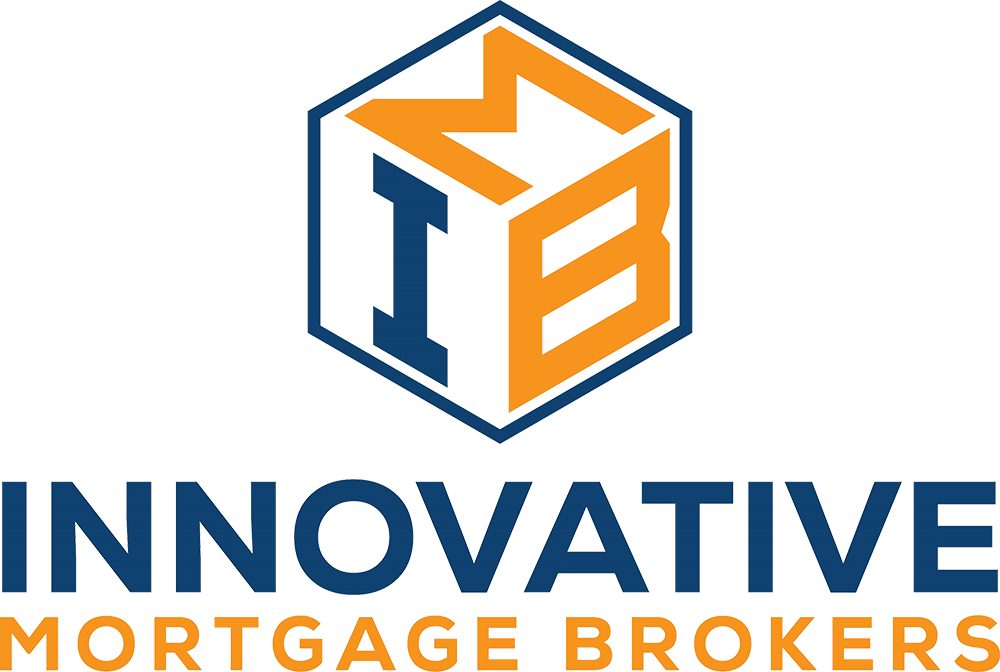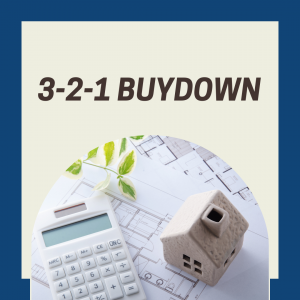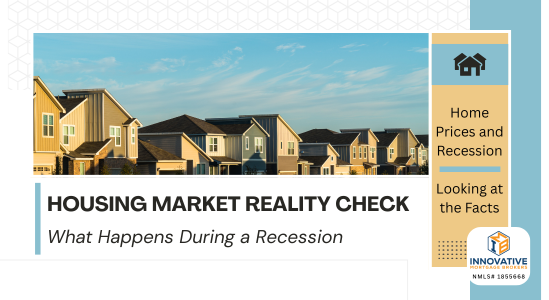No, the Housing Market Isn’t About to Crash—Here’s What’s Really Happening If you’ve been watching…
How Does a 3-2-1 Buydown Work?
3-2-1 Buydown
Higher interest rates have made borrowers get more creative today. While purchase rates are down, many buyers still find ways to afford a home. The interest rate is just one piece of the puzzle and isn’t a reason to give up your dreams of owning a home.
One way to make payments more affordable is the 3-2-1 buydown. This program makes payments more affordable in the short term and may benefit many borrowers.
What is a 3-2-1 Buydown?
3-2-1 buydown mortgages used to be popular decades ago when interest rates were high. Fast forward to today and the higher interest rate environment, and they are once again popular.
So what are they?
A 3-2-1 Buydown buys your interest rate down for the first three years. After that, you’ll pay a fixed rate for the remainder of the term.
You can think of it like discount points, but the 3-2-1 buydown is a temporary fix, whereas discount points are for the life of the loan.
How it Works
With a 3-2-1 buydown, you buy down the rate for years one, two and three.
In the first year, your interest rate is 3% lower than the quoted rate. So, for example, if you’re quoted a 7% rate, you’d pay 4% for the first 12 months. In the second year, you’d pay a rate of 2% lower, so using our example, you’d pay 5% for the next 12 months. In year three, you will pay 1% lower, so based on the example your rate will be 6%.
In the fourth year, the interest rate bounces back to its original rate, so in our example, 7% is the rate you’d pay for the remainder of the term, or as long as you keep the loan.
However, there’s a catch.
Someone must pay the difference in the interest payments in a lump sum at the closing. After that, the lender holds the money in an escrow account and uses it to supplement the lower payments for the first three years.
Who Pays for the 3-2-1 Buydown?
The bigger question becomes, who pays for the 3-2-1 buydown? If you pay it, there’s not much sense, right? You’d pay a much larger amount upfront in exchange for lower rates for a couple of years.
Instead, the common practice is that the seller or builder pays the fee as an incentive to sell the home. In a buyer’s market, sellers may agree to cover the cost to sell their home if they can sell it for a high enough price.
There’s always the option of the buyer paying the costs, of course; however, there’s a downside. You tie up the funds in an illiquid asset. If you have an emergency or can’t afford your mortgage payment, you may not have the capital to fall back on in savings.
Advantages and Disadvantages of the 3-2-1 Buydown
As you can imagine, there are pros and cons of the 3-2-1 buydown. Here’s what to consider.
Advantages of the 3-2-1 Buydown
- Helps sellers sell their homes faster – In a tough market, sellers can have the advantage over other sellers by offering to pay the 3-2-1 buydown costs. This allows buyers to afford a home now, even with higher rates.
- Buyers may be able to buy a home sooner – If higher interest rates turn you off from buying right now, the 3-2-1 buydown can help. If rates fall within the next couple of years, you can refinance the loan into a fixed-rate loan and not worry about the higher interest rate.
- Helps buyers with increasing income – If you have a job where your income is low now but will increase in a few years when you pass the apprenticeship or reach a level of seniority, you can buy the home now and have a more affordable payment.
Disadvantages of the 3-2-1 Buydown
- It can be hard to find a willing seller – Not all sellers will be willing to pay the lump sum needed to buy the rate down temporarily.
- Improper budgeting can lead to overspending – If you aren’t careful, you could overbudget yourself when the rate adjusts. Since it increases by 3% over the three years, it can lead to payment shock.
Reasons to Consider the 3-2-1 Buydown
The 3-2-1 buydown has benefits, and many borrowers can get something from it. However, if you wonder if it’s right for you, here are a few situations that make sense.
You Want More Breathing Room
A lower monthly payment for a few years can give you more breathing room when you buy a home. Furnishing, repairing, and getting used to owning a home is a big deal. Taking on a lower payment can free up capital during those first couple of years, giving you more freedom to take care of other things.
Your Income will Increase
Consider the buydown if you’re in a job where your income will increase. Not only can you buy a home sooner, but you can also rest assured that you’ll be able to afford the higher payment in four years when your income increases.
A Seller is Willing
Of course, if you have a seller or builder willing to foot the bill for the buydown, it can be an incentive to buy a home now rather than wait. You get the best of both worlds – temporarily owning your home and having a lower payment.
Final Thoughts
The 3-2-1 buydown is more popular today than in recent years, and for a good reason. If you worry about higher interest rates and how you’ll afford your payment, consider the temporary buydown.
If you have a seller or builder willing to handle the cost, you can own a home and not worry about how you’ll afford the payment. If the market cooperates, you might even find that you can refinance in a few years and have a lower payment that you can afford just as much as the bought down rate today.





